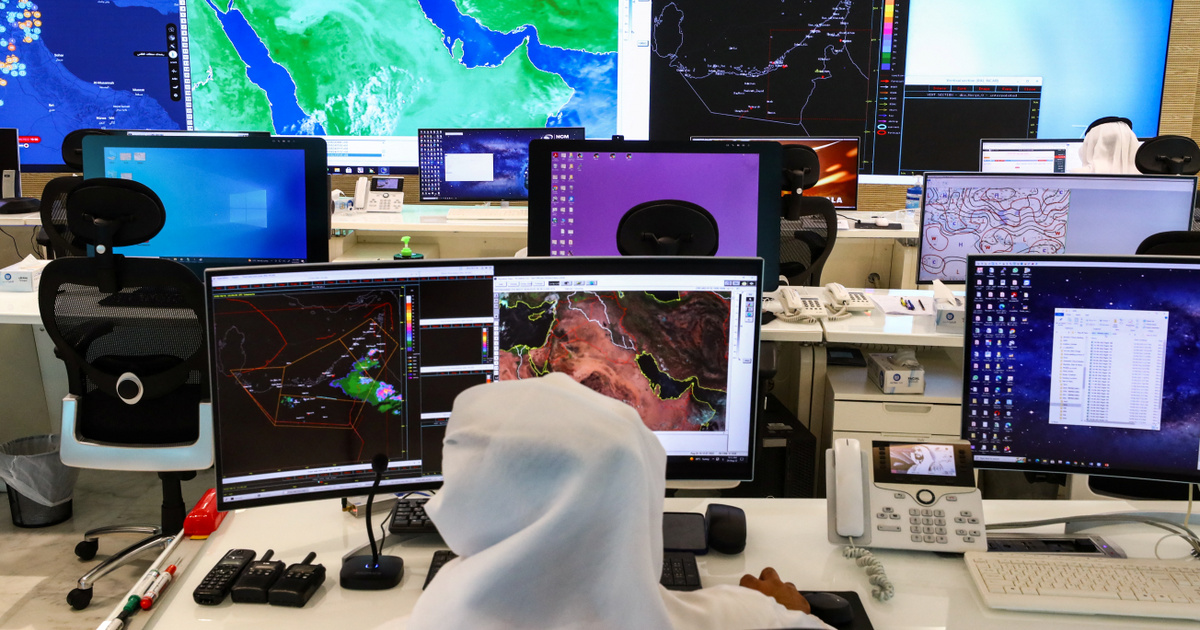As a twin-turbocharged plane takes off across desert landscapes and dozens of salt tanks on its wings, UAE meteorologist Abdullah Al Hammadi scans a computer screen for cloud formations. Reuters.
Once at altitude, the aircraft fires salt flares into the most promising white clouds, hoping to cause heavy rain.
Cloud seeding requires the presence of rain clouds, and the problem is that this is not always a foregone conclusion
– said Hammadi, head of rain correction operations at the National Center of Meteorology in the United Arab Emirates.
Located in one of the hottest and driest regions in the world, the United Arab Emirates is a pioneer in artificially creating clouds and increasing precipitation. Officials say cloud seeding can help with that.
Cloud seeding increases precipitation by about ten to thirty percent annually. According to our calculations, this method is much cheaper than the desalination process
Hammadi explained.
According to Edward Graham, a meteorologist at the University of the Highlands and the British Isles, the salt used in cloud seeding in the UAE does not harm the environment.
In terms of a carbon footprint, planes that fly in the clouds are small machines compared to the billions of cars on the planet and the huge planes that fly every day, it’s just a drop in the ocean
he added.
The United Arab Emirates is not the only country trying to rain rain in artificial ways: China Also turned to dehydration chemicals.












































